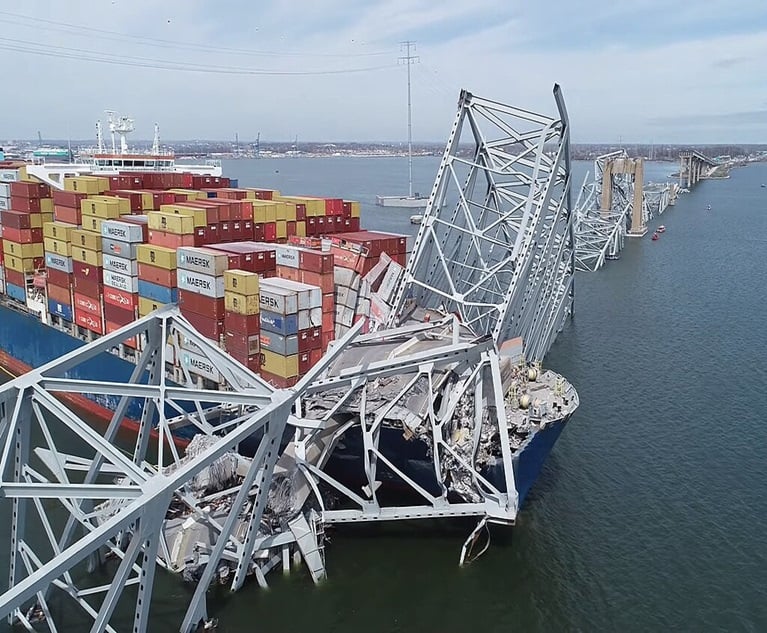For residents of the East Coast, the winter of 2014–15 served upsome of the snowiest and coldest conditions on record.
|For insurance companies, this was also one of the costliestseasons on record — more costly in fact than Superstorm Sandy.
|The majority of homeowners' losses were the result of ice damsand frozen pipes, many of which could have beenprevented.
|True to our purpose at policyholder-owned insurer PURE, ourclaims and risk management teams study losses to understand howthey could have been prevented.
|Based on these insights, we have compiled advice that you canshare with your clients to help them mitigate winterweather-related risks, this year and beyond:
|Related: Braceyourself: Winter is coming
||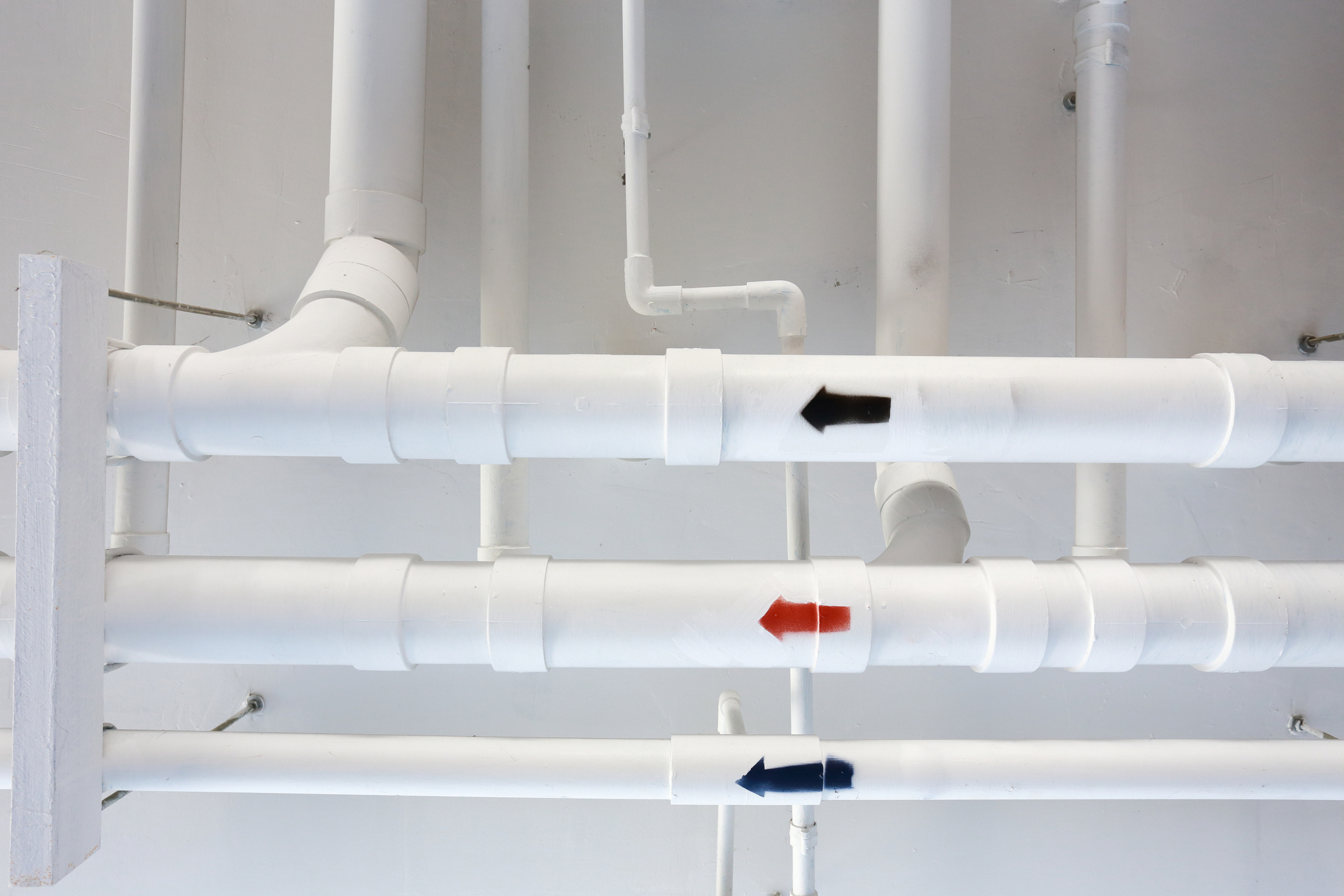
(Photo: Thinkstock)
|1. Fortify an unoccupied home
|Risk: Homeowners who are away from home at thetime of a loss are at greater risk of devastating damage due to adelayed response. In fact, PURE saw that members who were away fromhome when a loss occurred experienced more than four times theamount of damage from burst pipes.
|Recommendations: Install a whole-house leakdetection system that includes an automatic water shut-off option.These devices, such as Leak DefenseSystem, can detect abnormalities in a pipe's waterflow and automatically shut off the water supply—preventing a majorloss from occurring. Smart thermostats, like Nest, can remotelyalert homeowners of any temperature changes that could lead to afrozen or burst pipe.
|Actual loss story: While away on vacation, aPURE member's burglar alarm system alerted them to movement withinthe home. The police department saw no signs of a break-in, butwhen nearby family members inspected the home they discovered notone but four burst pipes. The burst pipes allowed forwater, which had been running for more than 24 hours, to leak ontoeach level of the home, causing a $1 million loss.
|Related: 5easy fall home maintenance projects
||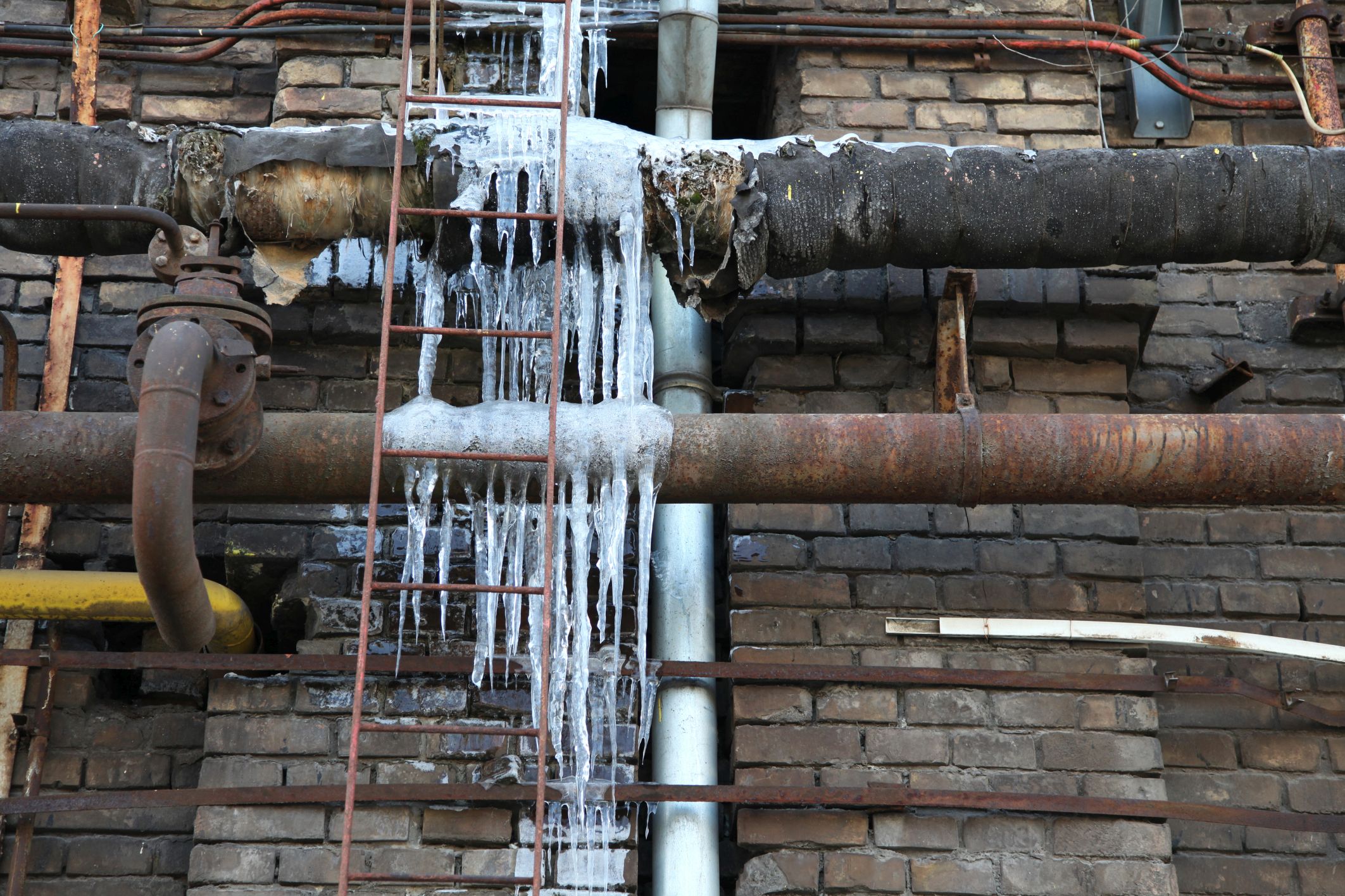
(Photo: Thinkstock)
|2. Address uninsulated pipes
|Risk: During periods of extremetemperatures, uninsulated pipes are at high risk for freezing andbursting. The risk is increased because these pipes are oftenlocated in unheated spaces, like the attic.
|Recommendations: Pipes in unheated areas, alongwith all exposed surfaces (like tees and valves) should be properly insulated with flexible closed cellpolyethylene or elastomeric insulation or wrapped in self-regulating heat cable. Both can be found at mosthome improvements stores for around $5 each. Attics should also beadequately insulated and ventilated.
|Actual loss story: When a pipe burst in theattic of a PURE member's secondary home, water flowed unnoticed forweeks until a neighbor spotted the issue. By that time, the waterhad caused extensive damage throughout the home. The result was aloss of mroe than $2 million.
|Related: 5signs your pipes are frozen and how to thaw them
||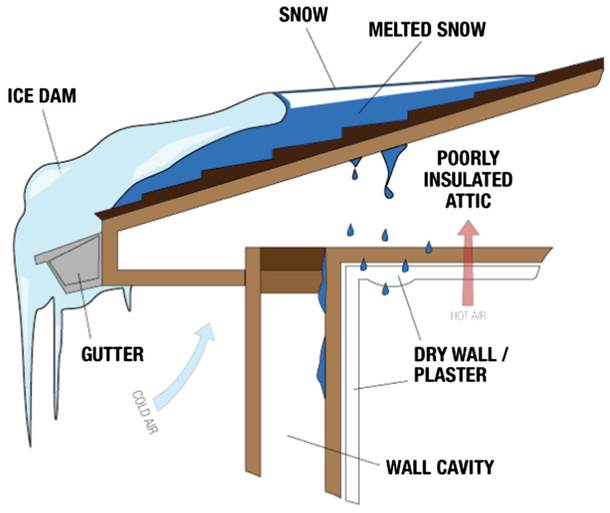
|
(Illustration: PURE)
|3. Protect the roof against ice dams
|Risk: Ice dams form after heavysnowfall, when heat radiating from a home causes the underside of asnow layer to melt. The melted snow drains along the roof until itcools and freezes into an ice dam, trapping future runoff fromdraining. This water can then leak into a home through theroof.
|Recommendations: A properly insulated andadequately ventilated attic is critical in maintaining propertemperature and airflow. A roofing underlayment can help preventwater from leaking through the roof. Schedule a roof inspectionbefore the start of winter to identify any weak spots and toreplace damaged shingles or tiles, and arrange for gutters to becleaned prior to the winter season. Regularly remove snow from theroof, especially following large storms. Clients with aluminum orcopper gutters should install heated cables to gutters anddownspouts to prevent melted snow from freezing.
|Actual loss story: After several largesnowstorms in a hard-hit area of the Northeast, a PURE membernoticed water seeping through the ceilings and walls within an areaof their home. Upon inspection it was found that the water was infact melted snow seeping in through the roof. The resulting damagewas severe and would require structural repairs. The claim totaled$200,000.
|Related: Howinsurers survived a record winter
||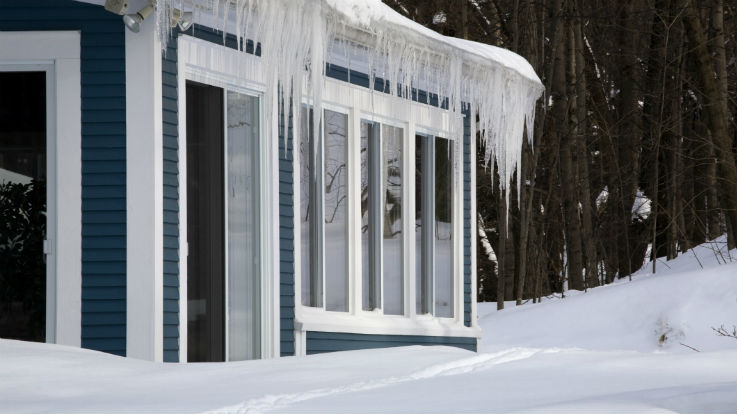
(Photo: Thinkstock)
|4. Assess risk outside the home
|Risk: Damage from burst pipes does notexclusively originate from pipes inside the home. If propertyincludes an outdoor system such as a swimming pool, it can causepressure to connected indoor piping, which can burst.
|Recommendations: Advise your clients toproperly winterize all outdoor systems: Close any inside valvesthat supply outdoor hoses and open outside valves to allow theremaining water to drain, swimming pools and irrigation systemsshould be properly winterized, and consider replacing your gardenhose faucet with a “frost proof” version, which costs about$30.
|Tim Arone serves as vice president, risk management at PUREGroup of Insurance Cos.
|Related: Here'show agents can prepare for winter stormclaims
Want to continue reading?
Become a Free PropertyCasualty360 Digital Reader
Your access to unlimited PropertyCasualty360 content isn’t changing.
Once you are an ALM digital member, you’ll receive:
- All PropertyCasualty360.com news coverage, best practices, and in-depth analysis.
- Educational webcasts, resources from industry leaders, and informative newsletters.
- Other award-winning websites including BenefitsPRO.com and ThinkAdvisor.com.
Already have an account? Sign In
© 2024 ALM Global, LLC, All Rights Reserved. Request academic re-use from www.copyright.com. All other uses, submit a request to [email protected]. For more information visit Asset & Logo Licensing.




